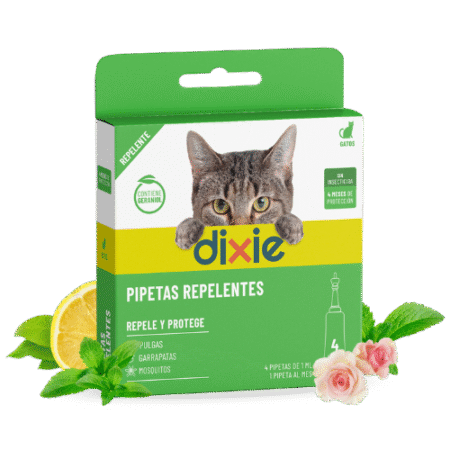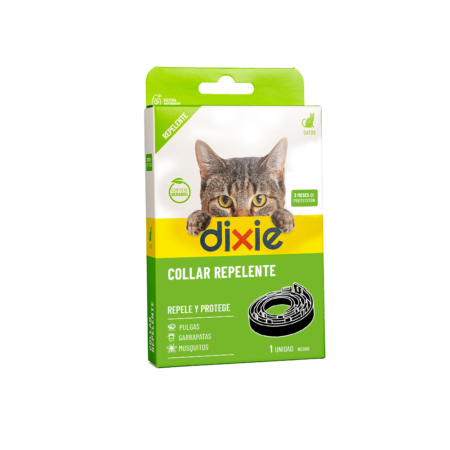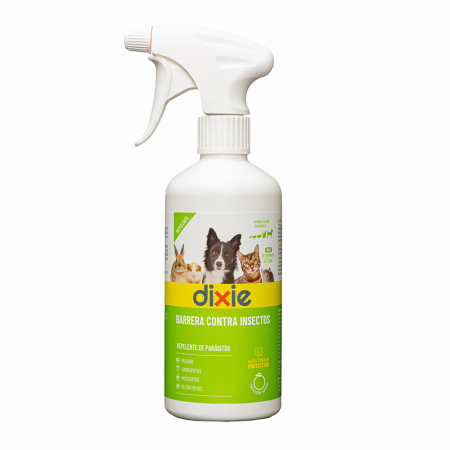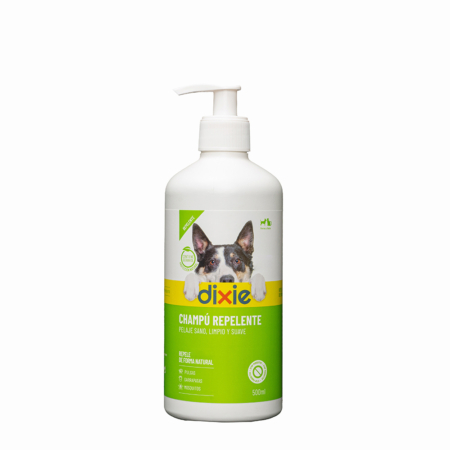Repellents for Cats - Parasite Prevention
Complementary Strategies: Integrating Repellents and Other Measures
The use of repellents can be part of a broader strategy in the prevention of parasites in cats. Constant hygiene of the environment, cleaning the cat's coat, and using additional antiparasitics can enhance the effectiveness of the repellents. This comprehensive approach addresses different aspects of prevention, reducing opportunities for parasites to establish themselves.
How Do Repellents for Cats Work in Parasite Prevention?
The action of repellents is based on the controlled release of compounds that are unpleasant for parasites.
These components can vary, ranging from natural essential oils to specific chemical products.
Science shows that repellent odors and flavors interfere with the ability of parasites to locate their host.
This process acts as a protective barrier, minimizing the likelihood of infestation.
The selection of the most effective repellent depends on several factors.
These include the species of parasite present in the region, the cat's preferences, and the owner's concerns regarding safety and ingredients.
Natural repellents based on essential oils, as well as chemical options backed by research, are alternatives worth considering.
Consulting with a veterinary professional ensures the most appropriate choice.
What is the Most Effective Repellent for Cats?
Fundamentals of Repellents
Repellents represent a proactive solution in the fight against parasites that can affect cats.
These products are formulated to discourage the approach and settlement of parasites such as fleas, ticks, and mosquitoes.
Their preventive action lies in creating a hostile environment for these invading organisms, thereby minimizing the risk of infestation.
Understanding their foundation is crucial for effective application.




